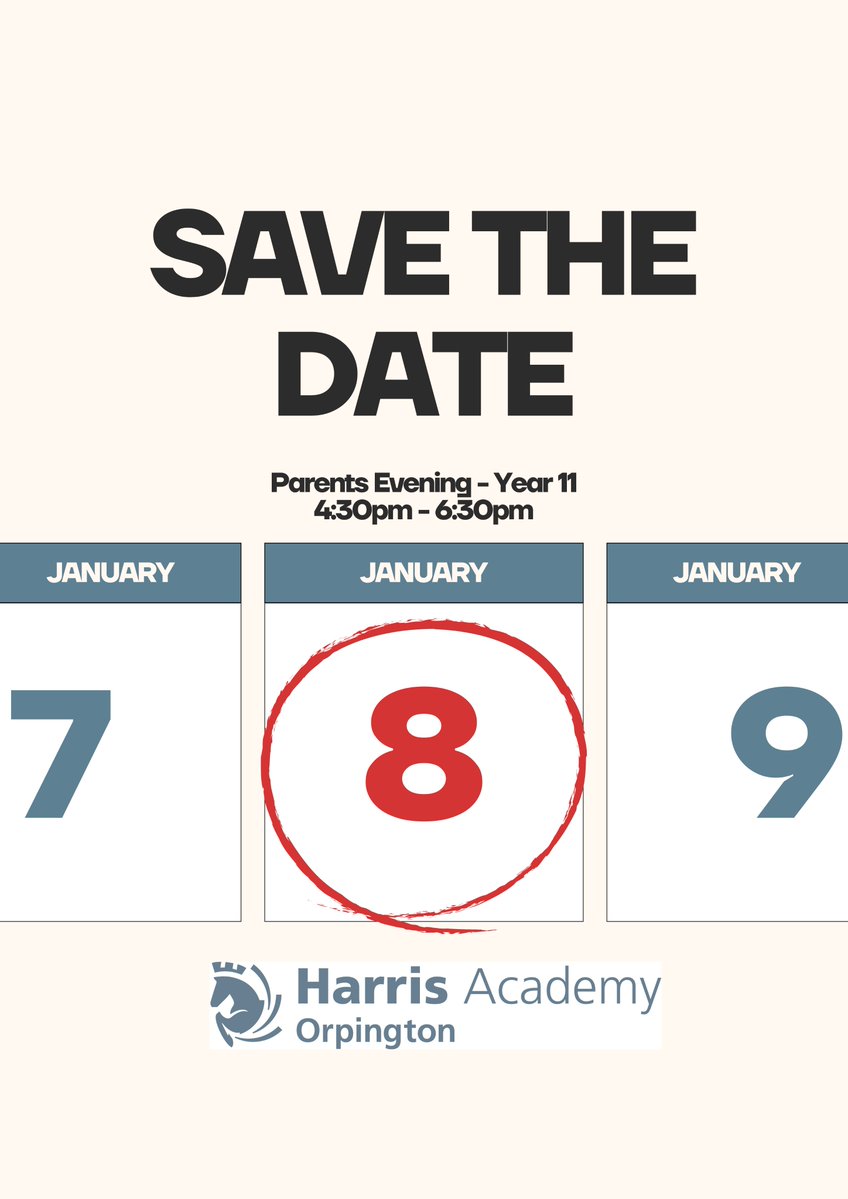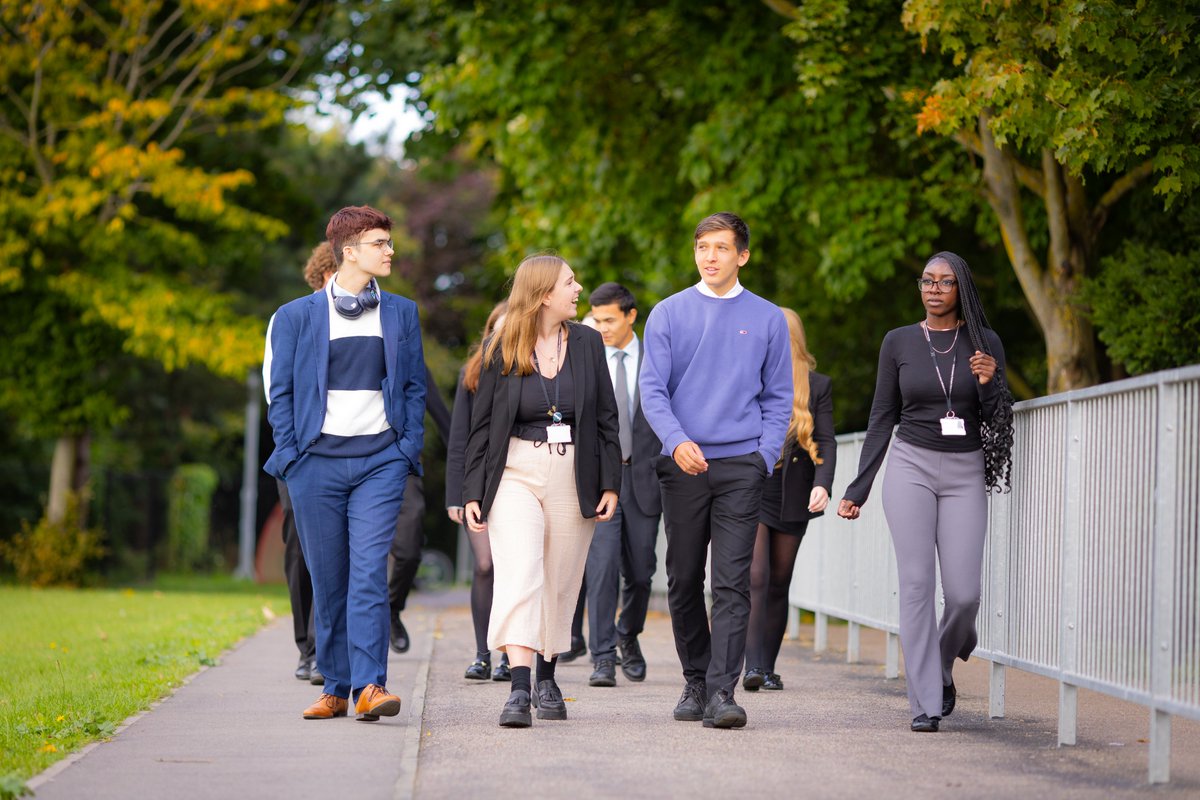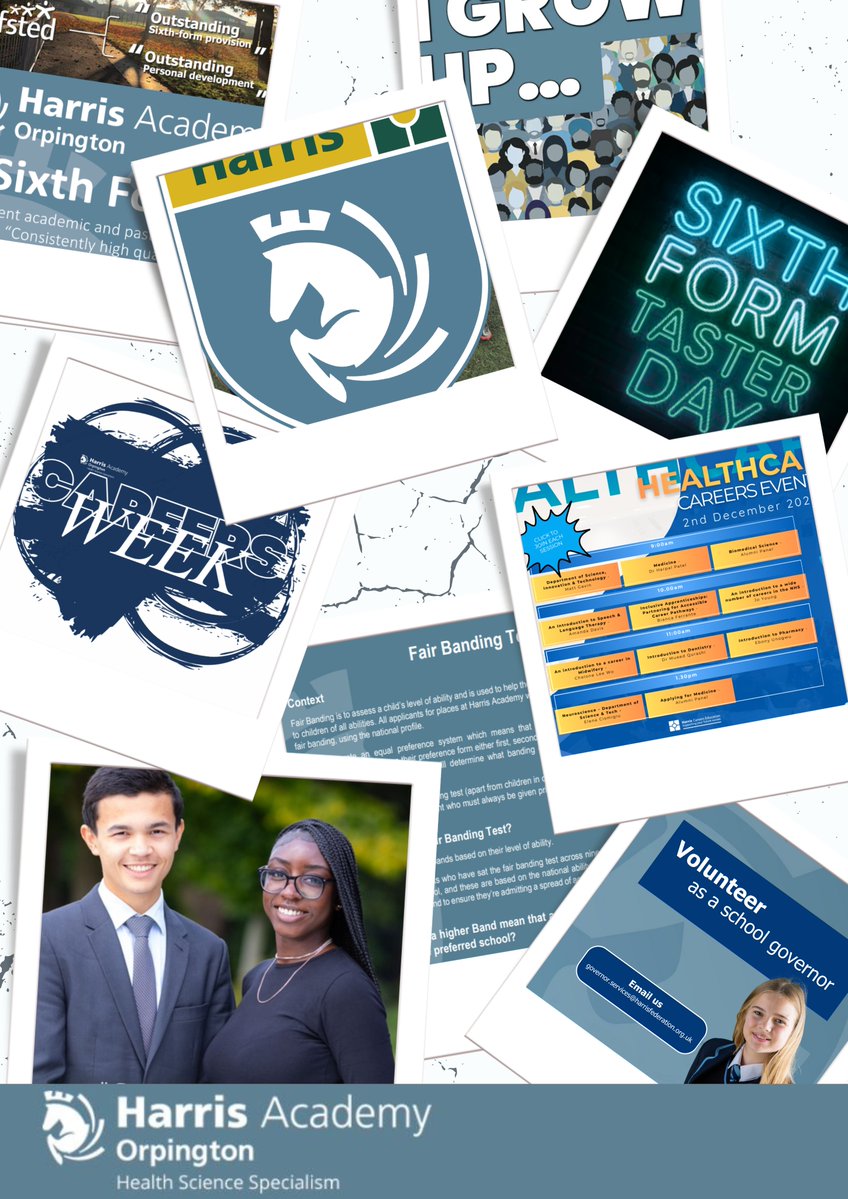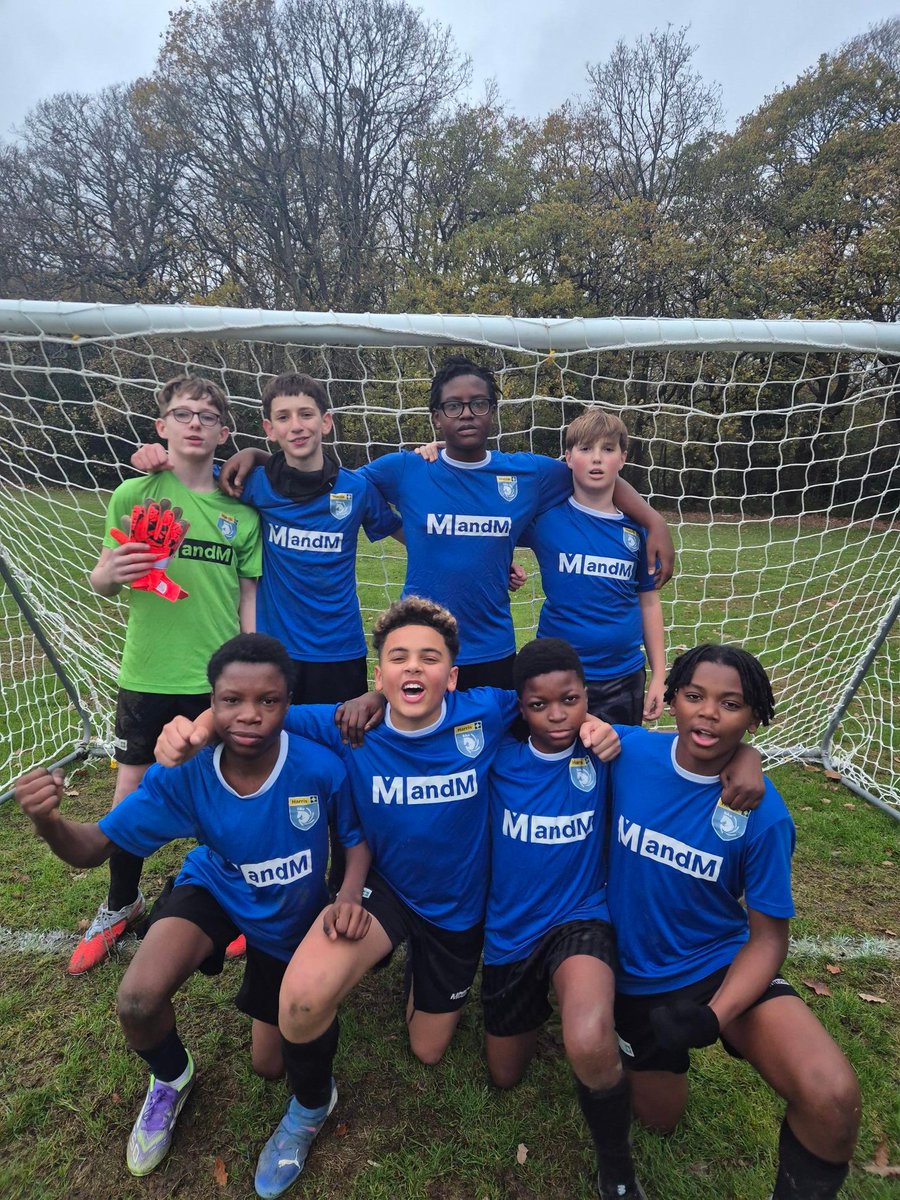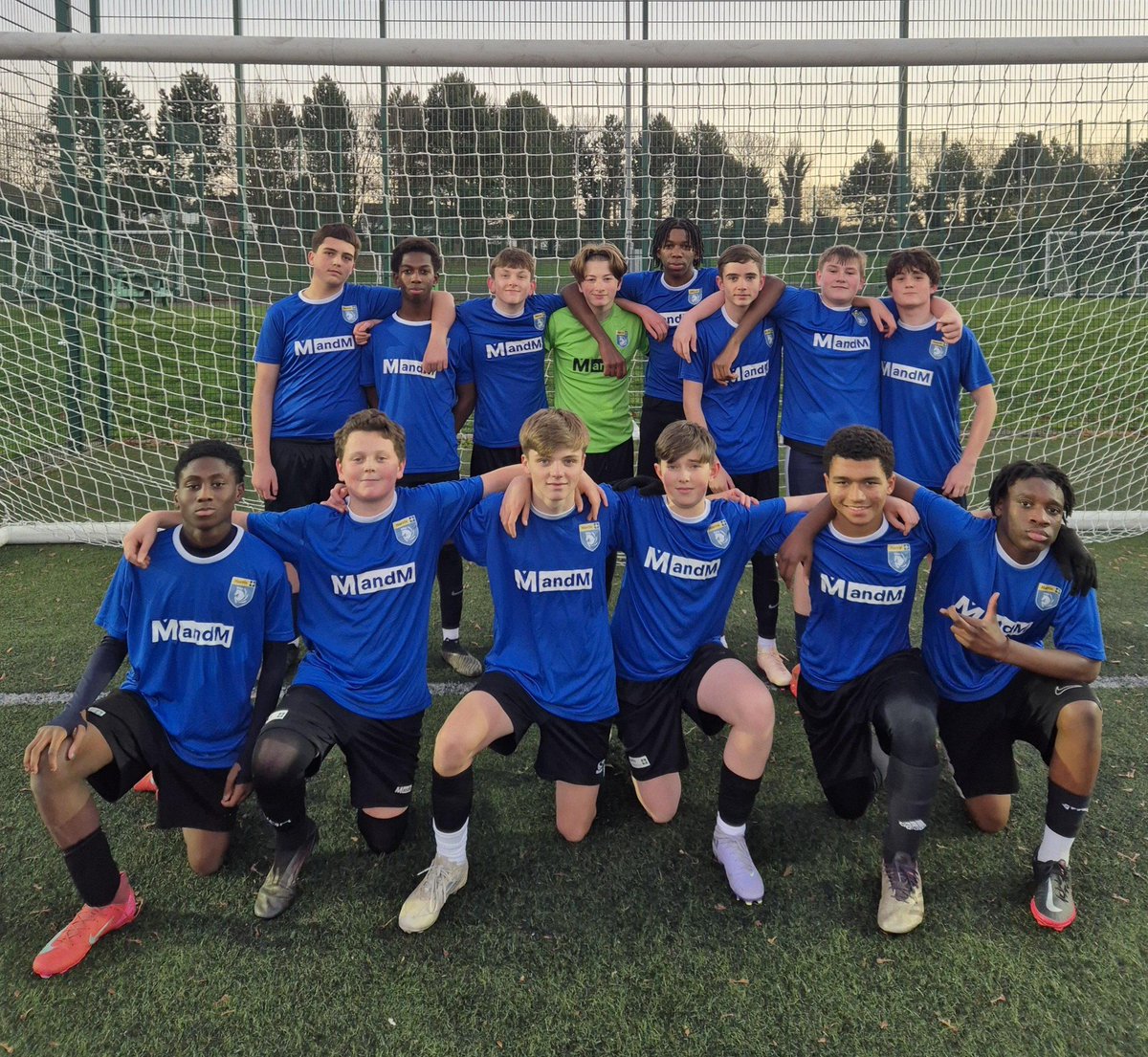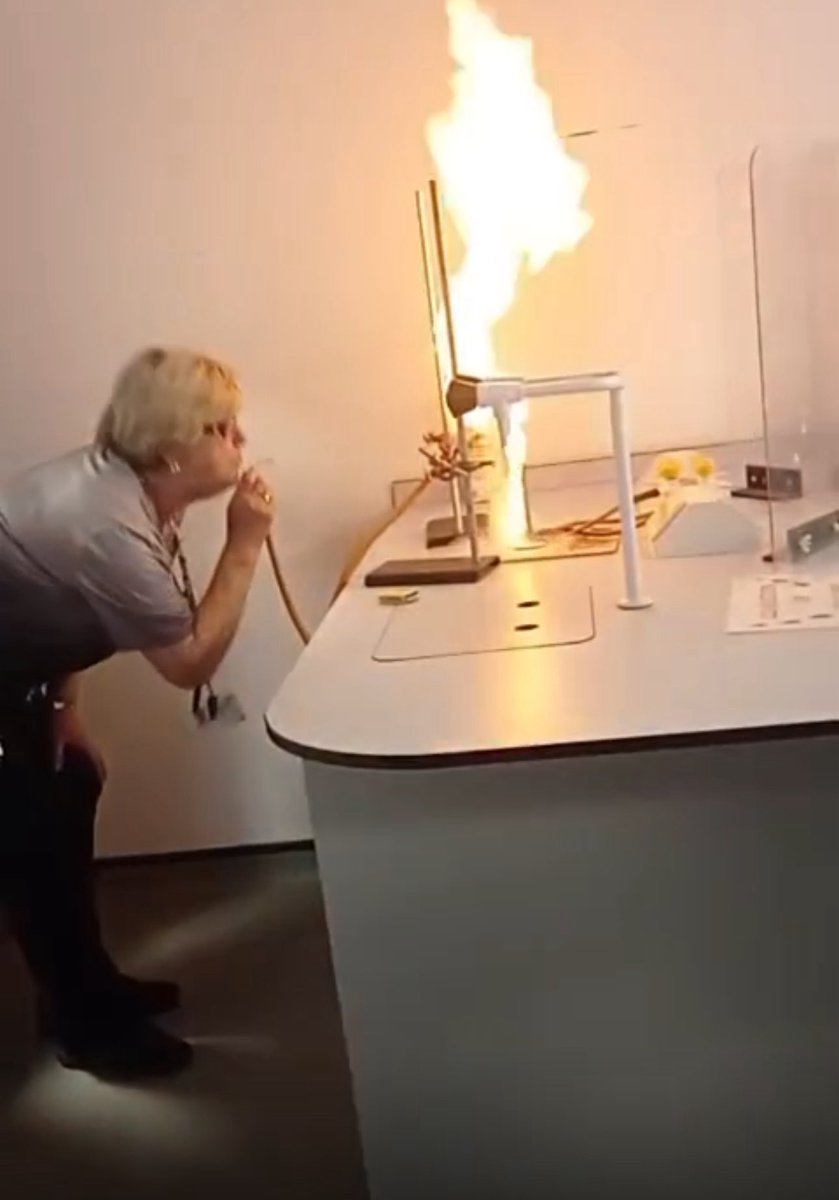Design Technology
Purpose of Study
Design and technology is an inspiring, rigorous and practical subject. Using creativity and imagination, pupils design and make products that solve real and relevant problems within a variety of contexts, considering their own and others’ needs, wants and values.
Students acquire a broad range of subject knowledge and draw on disciplines such as mathematics, science, engineering, computing, art and geography. Pupils learn how to take risks, becoming resourceful, innovative, enterprising and capable citizens. Through the evaluation of past and present design and technology, they develop a critical understanding of its impact on daily life and the wider world. High-quality design and technology education makes an essential contribution to the creativity, culture, wealth and well-being of the nation.
At Harris Academy Orpington students will study KS3 during years 7 to 9 as the Design and Technology team believe that a three-year curriculum best prepares students for continued engagement, enjoyment of and success in Design and Technology, before being given the option to continue studying GCSE Design and Technology at KS4 and KS5.
What is the intention of the KS3 curriculum?
Aims:
We currently offer two 40-minute lessons as one double lesson per week in KS3 which means that the curriculum has in part been dictated by the teaching time available. KS3 students will sit termly assessments based on what they are studying three times per year – this means that students’ progress and performance is able to be monitored and tracked so that students can be clearly guided to improved outcomes and also fostering opportunities for the sharing of good practice and ‘what works’ across the department.
The national curriculum for design and technology aims to ensure that all pupils:
- develop the creative, technical and practical expertise needed to perform everyday tasks confidently and to participate successfully in an increasingly technological world.
- build and apply a repertoire of knowledge, understanding and skills in order to design and make high-quality prototypes and products for a wide range of users.
- critique, evaluate and test their ideas and products and the work of others.
Intended content
By the end of key stage 3, pupils are expected to know, apply, and understand the matters, skills and processes specified in the programme of study.
Students will gain a broad understanding of the various strands of design and technology during Years 7, 8 and 9 through a variety of creative and practical activities. Pupils will be taught the knowledge, understanding and skills needed to engage in the iterative process of designing and making in preparation for KS4. They are encouraged to be inventive, creative and to produce unique products.
When designing and making, pupils will be taught to:
Design
- use research and exploration, such as the study of different cultures, to identify and understand user needs.
- identify and solve their own design problems and understand how to reformulate problems given to them.
- develop specifications to inform the design of innovative, functional, appealing products that respond to needs in a variety of situations.
- use a variety of approaches [for example, biomimicry and user-centred design], to generate creative ideas and avoid stereotypical responses.
- develop and communicate design ideas using annotated sketches, detailed plans, 3-D and mathematical modelling, oral and digital presentations and computer-based tools.
Make
- select from and use specialist tools, techniques, processes, equipment and machinery precisely, including computer-aided manufacture.
- select from and use a wider, more complex range of materials, components and parts, considering their properties.
Evaluate
- analyse the work of past and present professionals and others to develop and broaden their understanding.
- investigate new and emerging technologies.
- test, evaluate and refine their ideas and products against a specification, considering the views of intended users and other interested groups.
- understand developments in design and technology, its impact on individuals, society and the environment, and the responsibilities of designers, engineers and technologists.
Technical knowledge
- understand and use the properties of materials and the performance of structural elements to achieve functioning solutions.
- understand how more advanced mechanical systems used in their products enable changes in movement and force.
- understand how more advanced electrical and electronic systems can be powered and used in their products for example, circuits with heat, light, sound and movement as inputs and outputs.
- apply computing and use electronics to embed intelligence in products that respond to inputs for example, sensors, and control outputs for example, actuators, using programmable components for example, microcontrollers.
The added intention is to ensure that students study a range of topics and projects that relate to their own experiences but are also very diverse and representative of other users. Though the content can be ambitious in terms of its scope, it is intended that projects can be adapted to suit the abilities of the range of students (see implementation, below).
How will this be implemented?
- Design and make projects are planned across each year of KS3. Each project has been designed to explore the major aspects of Design, Make, Evaluate and Technical Knowledge.
- Students will be encouraged to work both independently and collaboratively to understand principles of Design and Technology in the wider context.
- Each project will focus on a particular discipline to build student confidence and knowledge. Active participation is encouraged for all students irrespective of ability.
- All teachers are made aware of any disadvantaged pupils on the D&T department tracking sheets and class lists, all teachers are reminded of their responsibility to ensure that any obstacles to learning are removed. The department supports the needs of all pupils regardless of any potential barriers as we believe in ‘success for all’. Close tracking of all pupils continues to be an intrinsic part of our monitoring in D&T to ensure all pupils' progress is regularly reviewed and intervened/supported where appropriate.
Year 7: In Year 7 pupils start with a transition project before completing a base line test to assess prior knowledge of the subject. They will then learn about Product Design, Electronics and Food Technology by completing focused design and make tasks and projects.
Year 8: During Year 8, pupils will continue to follow a curriculum that encompasses Product Design and Food Technology. Pupils will build upon the knowledge, skills, and experiences from Year 7. In Year 8, pupils will continue working on design and make tasks and projects.
Year 9: During Year 9, pupils will continue following a curriculum that encompasses Product Design,
Electronics and Food Technology. Pupils will build upon the knowledge, skills, and experiences from
Years 7 and 8. In Year 9 pupils will use the skills and knowledge from previous years to complete a range of tasks and activities to enhance their DT learning.
At KS4: Pupils make choices during year 9 to opt to choose Design & Technology. The course is delivered over two double 40-minute lessons across the key stage. The course will cover a variety of core skills and technical knowledge so that pupils understand the demands of the GCSE. Base line assessment of skills and knowledge of all year 10 at the start of the year informs planning and teaching and learning, this establishes individual starting points. This is used in conjunction with whole school data to set challenging targets for all pupils. Capability is assessed through a mastery of: knowledge and understanding, designing and making and the development of informed attitudes and opinions. The wide-ranging content naturally lends itself to a variety of assessment strategies which can be used to focus teaching and support pupil needs and in recognising achievement. Use of such assessment strategies ensures that pupils have experienced a successful and balanced learning in Design & Technology. Teachers challenge progress by using up-to-date relevant and pertinent tracking, this enables incremental progress throughout the whole academic experience in DT. Pupils are expected to ‘live up to’ our high expectations of all from their own unique starting points. The subject naturally cultivates several important aspects, critical and creative thinking, problem-solving, evaluating and decision making. The content includes technical principles, specialist technical principles and designing and making principles.
The first term is spent skill building to develop students' knowledge and understanding in order to prepare them for the release of the NEA (non-exam element) which is released in June of year 10. Students then start to practically apply their knowledge of the 3 key principles to design and produce a product and portfolio worth 50% of their grade. They will then sit one exam in the summer of year 11 which consists of 3 sections testing their knowledge and understanding of the 3 key principles.
At KS5: A Level Product Design has been reintroduced in the academic year 2021 -2022 to give students the opportunity to further their design skills before university. The initial focus this year is to develop their knowledge and skills from GCSE to a greater depth. Particularly with regard to technical knowledge and their ability to discriminate and justify choices. Students will have 4 double lessons a week.
The course includes one NEA worth 50% of the award which starts in June of year 12, where students create a written or digital design portfolio and photographic evidence of their final prototype. There are two written examination papers taken In the May/June summer exams in year 13. Paper 1 is on technical principles and is worth 30% of the A level, Paper 2 is on Designing and making principles and is worth 20% of the A’ level award, the paper has two sections the first is on product analysis and section B on commercial manufacture.
How will you judge the impact of this curriculum?
Students sit three assessments annually which are cumulative. The assessment model, and the curriculum, are cumulative in their structure and so students are expected to know more, retain more and being able to use existing and newly acquired knowledge to engage in practical and theoretical knowledge. The constituent parts of the assessments involve:
- Knowledge tests (completed in lessons).
- Practical outcomes – students are increasingly expected to be able to choose and use materials and tools based on their suitability for a given task.
- Extended written work when evaluating projects and products they have produced with emphasis on quality of written communication.
Ultimately, teacher assessment should also be used to ensure that the curriculum is being delivered in an impactful way. Teachers should frequently reflect on whether students know more and are able to recall information and demonstrate understanding from earlier in the course as well as what they have most recently produced. They should look to ascertain whether students are becoming more comfortable with aspects of D & T and growing in confidence in articulating their initial thoughts and ideas as well as their practical skills.
KS3
Year 7
The Design and Technology purpose of study in Year 7 is to give students confidence and enjoyment in a practical environment. We hope to create inquisitive, creative students who can use their imagination to explore design ideas and not to be afraid of making mistakes but have the resilience and aptitude to learn from them. This will give them a platform to build on for future years and help them to become more independent in their working methods and environment.
Term 1 for Year 7 pupils begins by completing a mini transition project before sitting a baseline test to assess prior knowledge of the subject. They will then learn about the Design Process to prepare them for the rest of the year. Students will learn about Health and Safety considerations before completing a practical activity using a coping saw. During the second half term pupils will make a toy vehicle to build up their practical skills and by using what they have learned in term 1 to work safely and with consideration for others. They learn about production methods and assembly and learn the value of working in teams.
Term 2 students will study Food Technology and are Introduced to safe kitchen practices, food hygiene and general health & safety in the kitchen. In the second half term they will study mechanisms used in paper engineering and create a range of Pop Ups and then evaluate their work
Term 3 pupils undertake an Electronics project where they will learn circuit layout and working with LEDs, and switches. Pupils will design and make a Mini Light. Pupils will then create a promotional clock to promote sustainability and environmental issues. This shows pupils the importance of designing for others and their needs and requirements, rather than making something simply for themselves.

Year 8
The purpose of study for Year 8 is built upon the skills students used in year 7 and develop them further with confidence and understanding to produce creative and independent work.
Term1, pupils will study aspects of design drawing and communication to help improve their production of design ideas. Pupils will then complete a graphics project whereby they are to research, design and produce a cover for a computer game of their choice with an emphasis on originality. Pupils complete the process by peer evaluation and self-assessment of their work.
Term 2 Pupils learn about Biomimicry and how it can influence design. Students learn about casting using MDF moulds and about aspects of working with, and using metals, particularly Pewter. In the second half term pupils build on their Food Technology knowledge gained from year 7. Pupils will explore a range of ingredients and their functions while preparing a variety of dishes using different cooking methods.
Term 3 pupils move on to learning about mechanisms and the various mechanisms that make it simpler for us to make things work. Lessons will combine theory and practical aspects. Pupils are to design and model using card, a mechanical toy of their own design and then make their mechanical toy using resistant materials, following a production plan. Pupils are encouraged to use their imagination whilst showing how it needs to work and function.

Year 9
The purpose of study in Year 9 is to prepare pupils for their options at KS4. IT also builds on what they have learnt and achieved in Years 7 and 8. The projects are designed to develop further their skills and knowledge of a variety of techniques, tools, and equipment.
Term 1 pupils begin year 9 by looking into designing and modelling methods and the use of production aids leading to the creation of a mobile phone stand. These are essential skills for design and technology at Key Stage 4 as the ability to convey ideas and prototypes clearly will give pupils the confidence to explore original ideas and contexts. Pupils build on their electronics knowledge from year 7 by learning about printed circuit boards, light emitting diodes and soldering by making a Christmas Tree
Term 2 Pupils build on the skills learnt from Year 8 to use a range of drawing methods and drawing aids to help them to communicate their ideas to others. This will build their confidence in their drawing abilities in preparation for GCSE Design and Technology. After half term pupils are introduced to Computer Aided Design by using 2D Design software exploring and using a range of CAD tools to improve their communication skills.
Term 3 Pupil continue with Food Technology by looking at food choices such as Personal – Health - Religious choice - Cultural Choice – Convenience. Pupils will also learn about recipe adaptation and dishes from different countries and cultures. Pupils will then investigate designers and design history.
Pupils will look at Architecture, Product Design, Fashion, Graphics, Furniture Design and Industrial Design and use as inspiration for their own work.

KS4
Year 10
In Year 10 design students start with the theory aspect of the AQA GCSE. This course is 50% exam and 50% coursework in the form of a Non-Examined Assessment (NEA). This is marked by the teacher and moderated by the exam board; however, students are unable to start the NEA until June of year 10 when the exam board publish the design contexts. To prepare for this, students will work on a mock NEA during the spring of year 10, as once students start, teacher intervention is limited to marking and collating work. Feedback is limited and generic. Completing a mock NEA, whilst covering the theory required for the written exam, gives the students a clear understanding of what is required to complete a quality piece of coursework.
In the final term, Students begin their actual NEA Coursework by exploring the design contexts and undergoing research techniques to inform their designs. Students are required to establish a real-life client for their chosen theme. Client feedback is required through every stage of the iterative design process, from initial ideas to the final outcome. Client feedback is especially essential for the testing and evaluation at the end of the project.

Year 11
In Year 11 students continue with the NEA by developing ideas, modelling, planning and making a prototype before testing, evaluating and suggesting modifications. Pupils continue with theory work and sit mock exams in November and March. The mocks are used to identify individual strengths and weaknesses, this is then used to create personalised revision resources in preparation for the written exam in May/June.

KS5
At Key Stage 5 we offer the AQA Product Design course at A level. Though most students opting for this pathway have already completed the GCSE course. Students are encouraged to take a broad view of design and technology, to develop their capacity to design and make products of worth and to appreciate the relationship between design materials, manufacture, and marketing.
This creative and thought-provoking qualification gives students the practical skills, theoretical knowledge, and confidence to succeed in a number of careers. Especially those in the creative industries. They will investigate historical, social, cultural, environmental, and economic influences on design and technology, whilst enjoying opportunities to put their learning into practice by producing prototypes of their choice. Students will gain a real understanding of what it means to be a designer, alongside the knowledge and skills sought by higher education and employers.
Year 12
In Year 12 a portfolio approach is practiced, whereby students complete 2-3 design and make projects which involve manipulation of plastics, metals, timber, manmade boards, and smart materials. Students acquire the relevant knowledge and understanding relating to materials, components, processes, manufacture and design and market influences (which will be tested in the exam) through their design and make practice and theory-based lessons.

Year 13
In year 13, students are encouraged to reflect upon their experiences to negotiate their own project which will be entered as their non-examined assessment for this year. Students also undergo exam preparation for the two final exams.

